In the intricate maze of our digestive system, a quiet battle ensues. Probiotics, the beneficial bacteria, embark on a challenging journey through our gut, facing numerous challenges. Perhaps the most daunting of these challenges is the acidic environment of our stomachs. But how do these microorganisms summon the strength to survive this test?
Every day, billions of probiotics begin their voyage in our bodies. These microorganisms, ingested through various means, have a mission: to support our gut health.
Why is understanding this resilience important?
Understanding their ability to survive stomach acid is essential for those who rely on probiotics for optimal digestive health. After all, their benefits are realized only if they reach their intended destination alive.
These aren’t just any bacteria. Probiotics, by definition, are living organisms that provide health benefits when consumed in adequate amounts.
Beyond their popular moniker, probiotics are dynamic entities with complex mechanisms that aid their survival and promote health benefits in their host.
Probiotics: Origins and history
Historically, humans have consumed probiotics for thousands of years, often in fermented foods, long before the term “probiotic” even existed.
Our stomach is more than just a digestive organ; it’s a fortress designed to neutralize threats.
Stomach acid: Nature’s defense mechanism
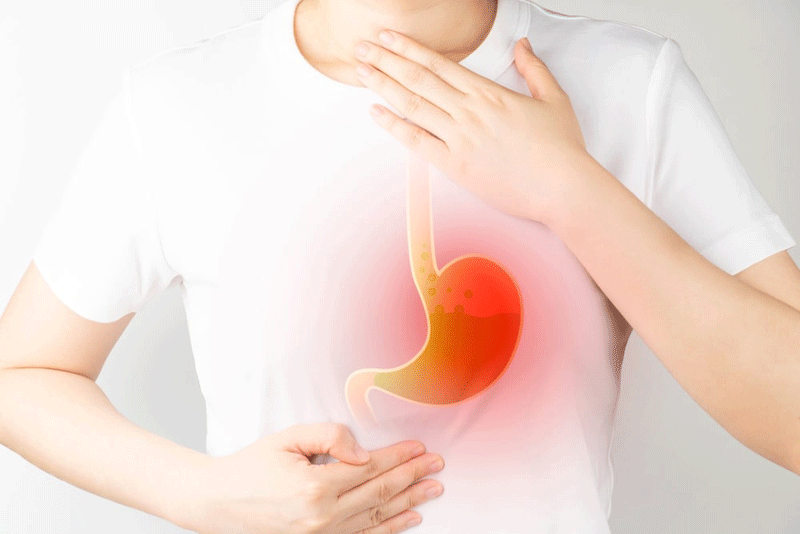
This potent acid is pivotal in breaking down food and warding off harmful bacteria. For probiotics, this environment is a veritable storm they must navigate.
The stomach’s extremely acidic pH level makes it inhospitable for many ingested microorganisms. From dietary sources to meticulously crafted supplements, probiotics find their way into our systems through various avenues.
While yogurt is a popular probiotic source, many take supplements for specific strains and higher bacteria counts.
We must first understand our gastric environment’s challenges to appreciate the probiotic journey.
Understanding the role of hydrochloric acid
Hydrochloric acid, produced by the stomach lining, aids food digestion and protects against pathogens. However, it is a formidable adversary for probiotics.
pH levels: More than just a number
Stomach acidity, measured by pH levels, fluctuates based on meal intake and time of day. For probiotics, these shifts can mean the difference between survival and obliteration.
Probiotics’ Survival Mechanisms in Stomach Acid
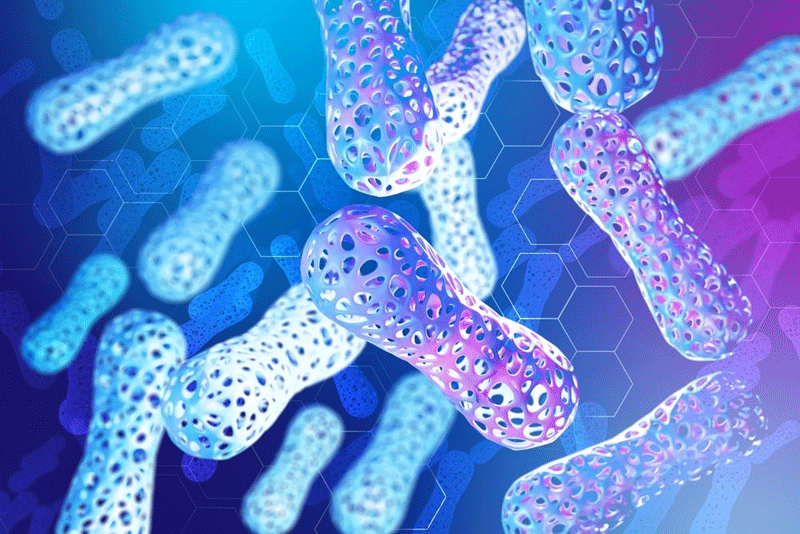
In its wisdom, nature has equipped probiotics with tools to endure the harshest conditions, ensuring they perform their beneficial functions. Some probiotics have evolved with protective coatings, shielding them from the corrosive effects of stomach acid. Probiotics can form biofilms, a protective matrix that offers refuge from the acidic onslaught.
Over time, certain probiotic strains have undergone genetic changes, bolstering their resilience against acidic environments. For probiotics, the stomach isn’t just a transit point; it’s a dynamic environment where adaptation is the key to survival.
How do probiotics adapt to their harsh surroundings?
Probiotics continually adapt through metabolic changes and protective mechanisms, ensuring their viability. It’s a delicate balance. While many probiotics thrive, others succumb to the acidic challenge, emphasizing the importance of strain-specific resilience. Not all probiotics are created equal. Some are particularly adept at navigating the acidic maze of the stomach.
Champions of the acid test: Lactobacillus and Bifidobacterium

Renowned for their acid resistance, these two genera have been the subject of numerous studies, consistently showcasing their survival prowess. Beyond the popular strains, some lesser-known varieties have demonstrated a remarkable ability to endure stomach acid, broadening the spectrum of available beneficial probiotics.
Prebiotics
While probiotics steal the spotlight, prebiotics, their non-digestible food sources, play a vital supporting role. Prebiotics nourish probiotics, ensuring their growth and activity in the gut. In essence, they set the stage for probiotics to thrive.
How do they strengthen probiotic resilience?
By providing essential nutrients, prebiotics enhance probiotic viability, ensuring these bacteria can withstand the journey through the stomach.
Certain foods are rich in prebiotics, from chicory root to garlic, making them a valuable addition to a probiotic-friendly diet.
Gut Conditions Post the Acid Test
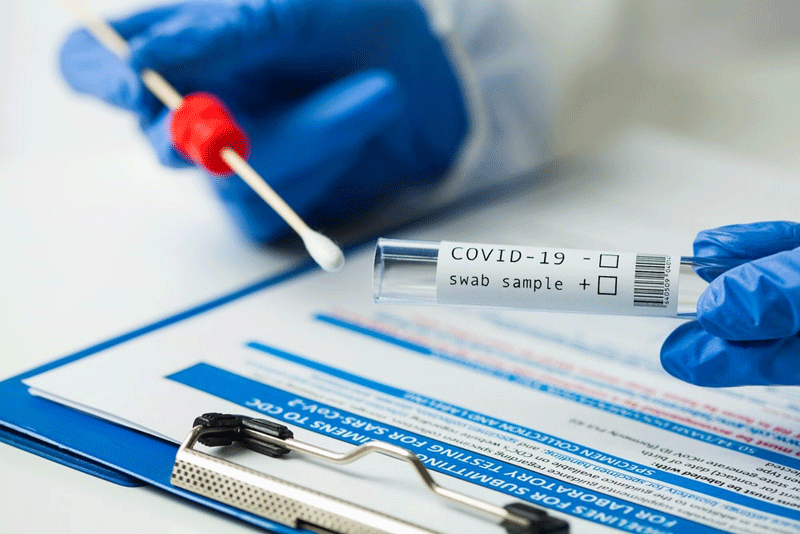
Once past the acidic gauntlet of the stomach, probiotics enter the intestines, a more alkaline and welcoming environment. Contrary to the stomach’s acidity, the intestines provide an alkaline setting, allowing probiotics to recover, multiply, and confer their benefits.
The intestines, with their mucus layers and immune cells, offer a habitat for probiotics and actively support their colonization and activity.
Innovations in Probiotic Supplements
In our search for optimal gut health, scientific advancements have paved the way for more resilient probiotic formulations.
- Modern supplements now come encased in acid-resistant capsules, ensuring maximum probiotic delivery to the intestines.
- Freeze-drying, a cutting-edge method, preserves probiotic viability, ensuring consumers receive a potent dosage with every capsule.
Natural Aids to Probiotic Survival
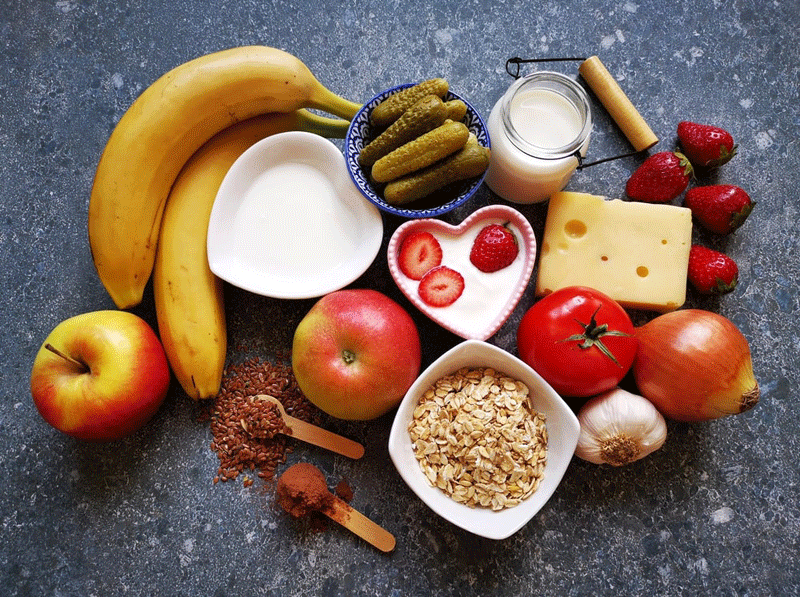
Mother Nature, in her bounty, has provided us with numerous foods that naturally enhance probiotic survival.
- Dietary fibers, found abundantly in fruits and vegetables, promote a healthy gut environment, indirectly supporting probiotic activity.
- From kimchi to kefir, fermented foods abound with live probiotics, making them a delectable way to boost gut flora.
The Link Between Probiotic Survival and Gut Health
It’s a holistic relationship. Probiotic survival is intrinsically tied to the benefits they confer on our gut. While surviving the stomach is vital, probiotics must also colonize the intestines, produce beneficial compounds, and interact with our body’s systems to be truly effective.
From improved digestion to a robust immune response, a balanced gut flora enriched with resilient probiotics is central to our overall well-being.
Guidelines for Probiotic Consumption
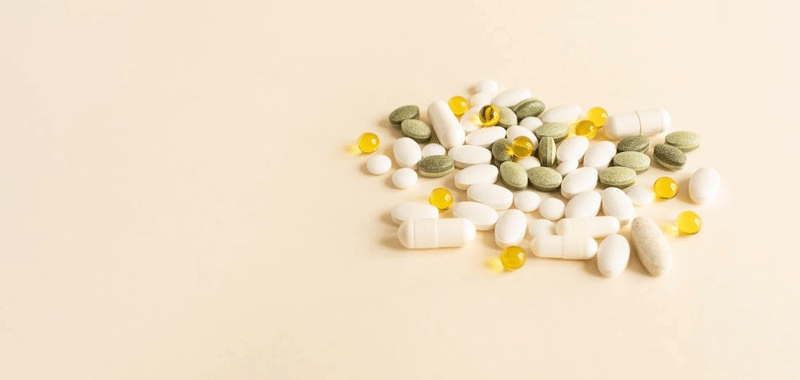
With many options available, how does one optimize their probiotic intake? From choosing acid-resistant formulations to considering the timing of intake, several strategies can maximize the benefits of probiotics.
Common mistakes to avoid for first-time users
By being aware of common pitfalls, like opting for low-quality supplements or neglecting prebiotic intake, one can pave the way for a fruitful probiotic journey. Probiotics aren’t just about gut health. Their impact resonates throughout our body, touching various facets of our health. From bolstering mental clarity to enhancing metabolic processes, the benefits of probiotics extend far beyond the confines of our digestive tract.
Mental, immune, and metabolic benefits
Recent studies have highlighted the intricate connection between the gut and the brain, the so-called “gut-brain axis.” Alongside this, the role of probiotics in fortifying our immune defenses and regulating metabolic activities underscores their multifaceted benefits.
Conclusion
The journey of probiotics, from mouth to intestines, is miraculous. As we’ve explored, their ability to navigate the acidic storm of our stomach and confer various health benefits makes them an invaluable ally in our quest for optimal well-being. As research continues to evolve, one thing remains clear: for those keen on nurturing their gut health, understanding and harnessing the power of probiotics is paramount.
